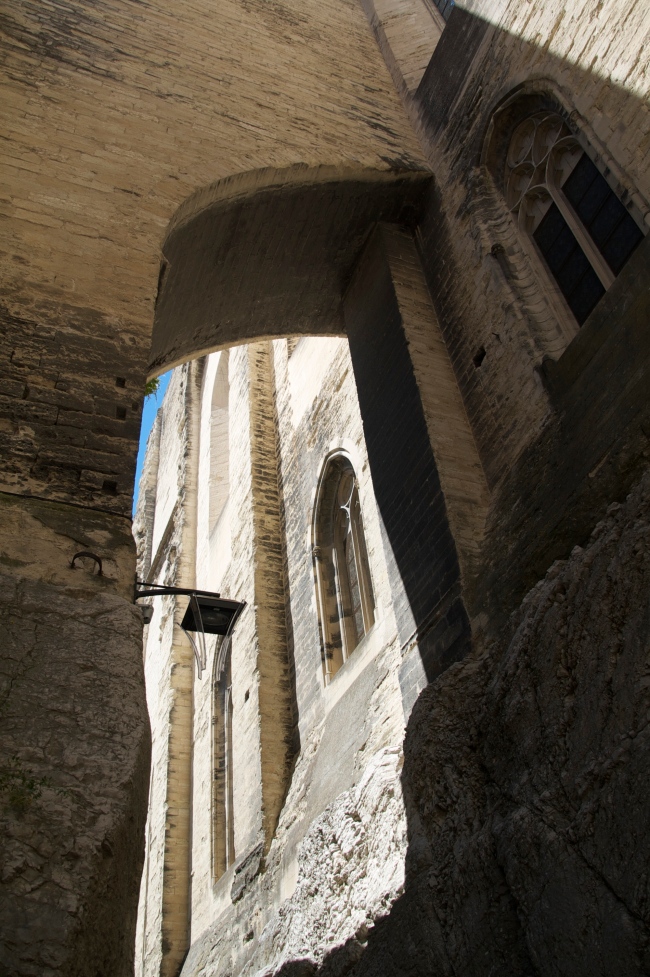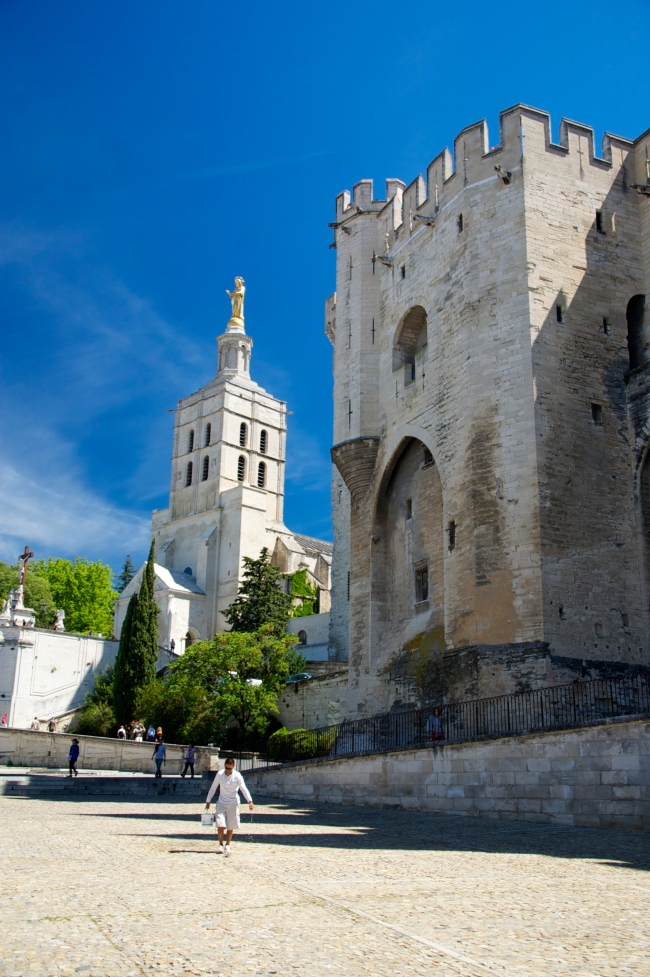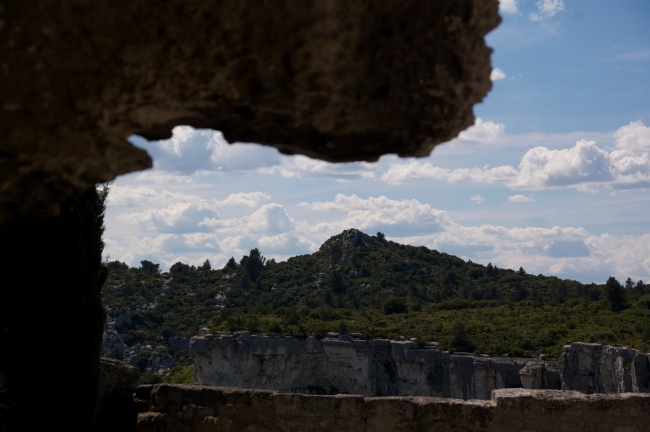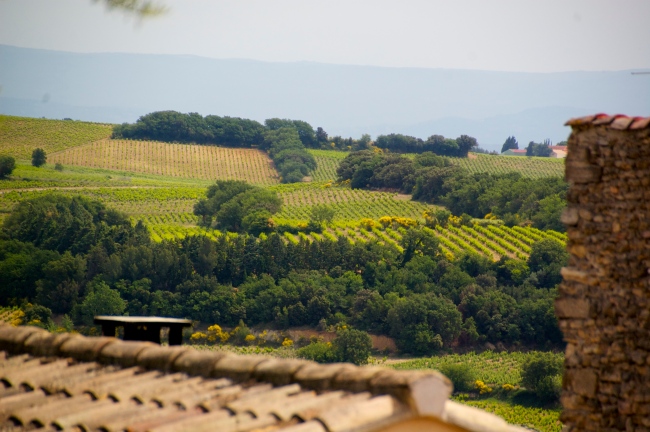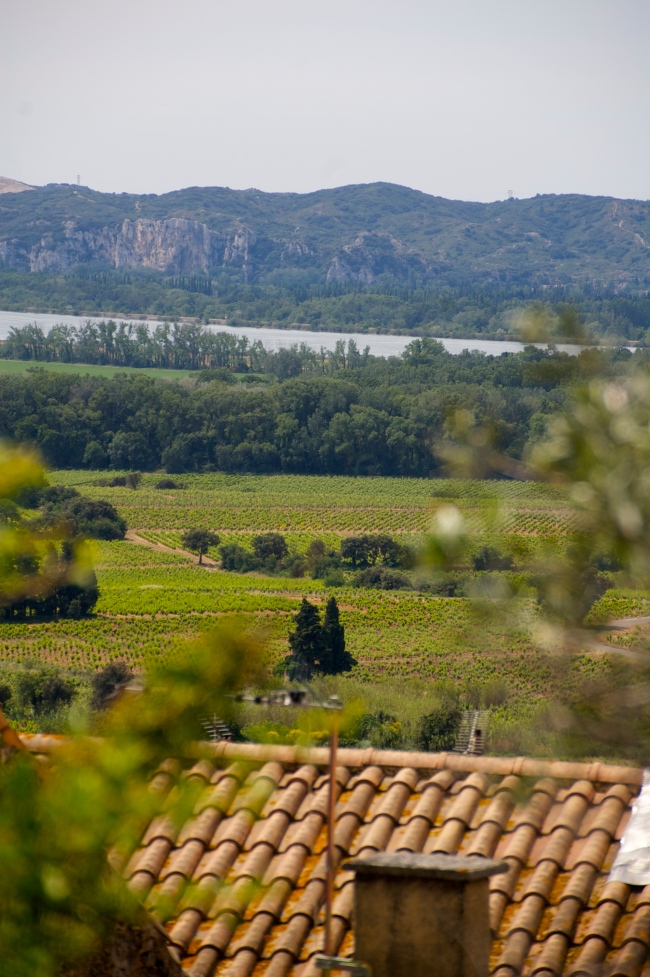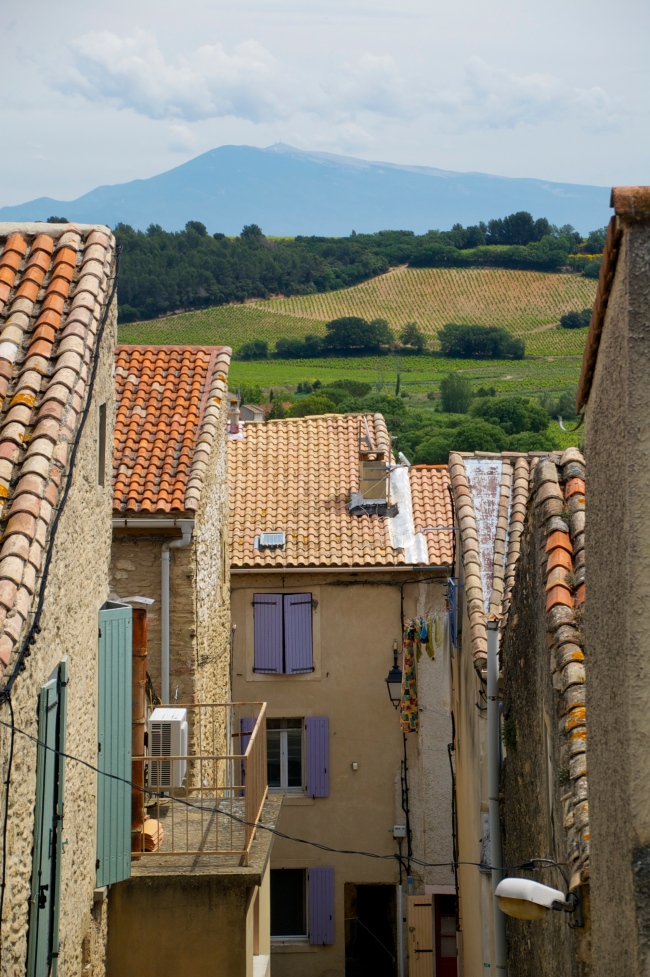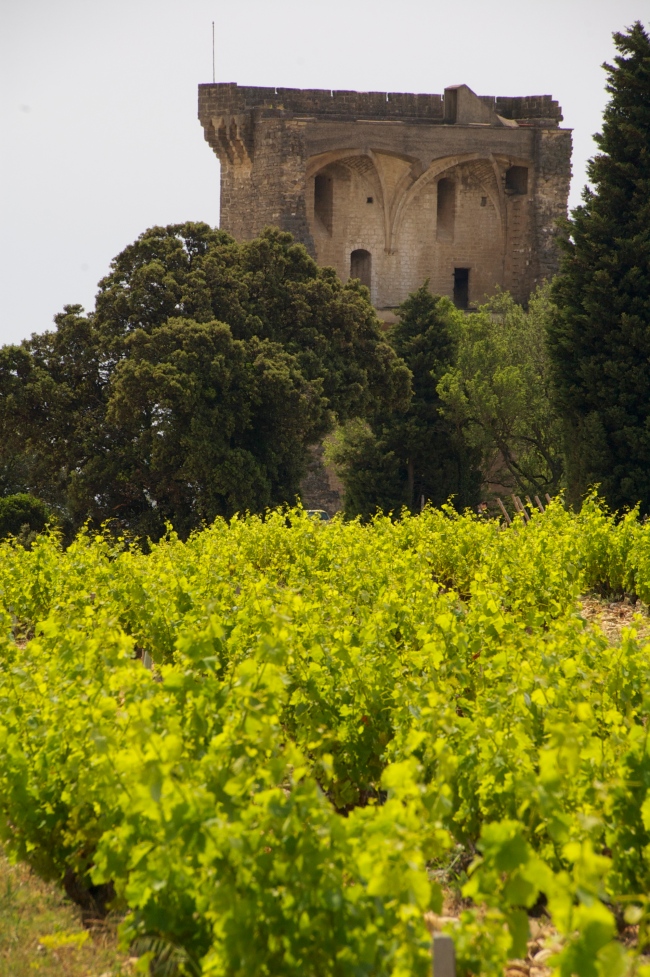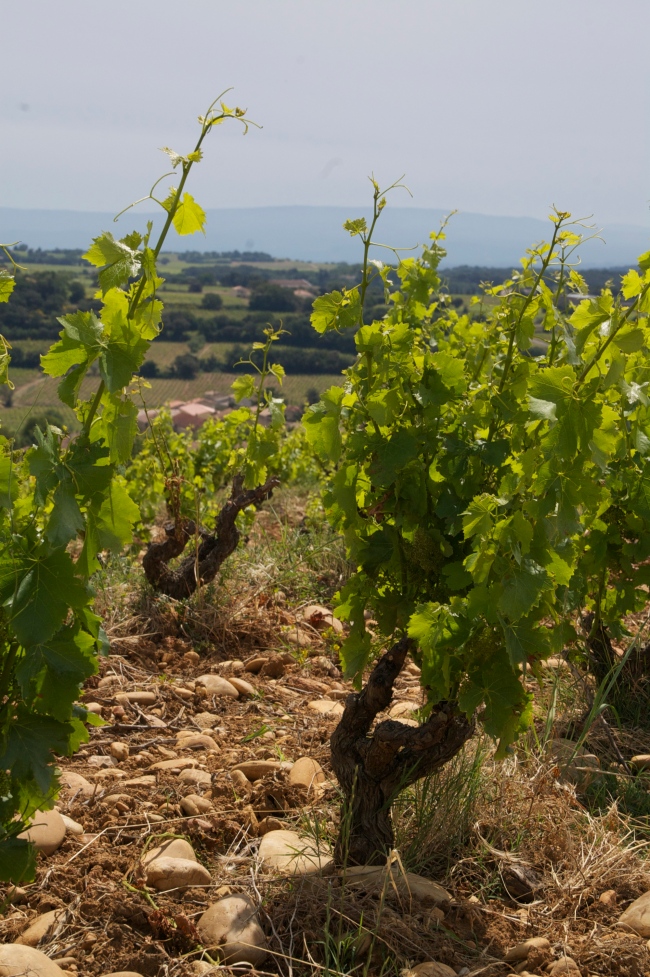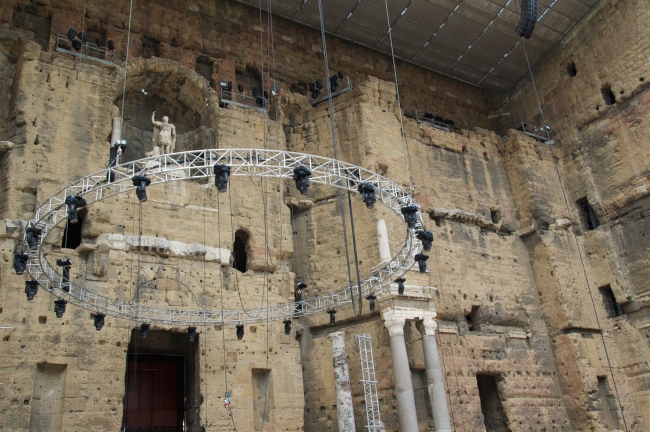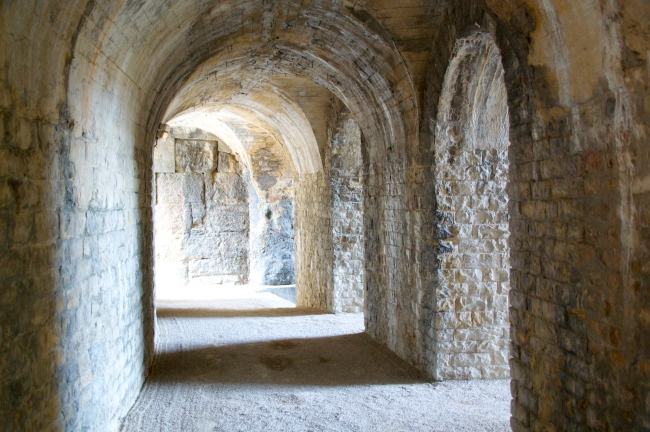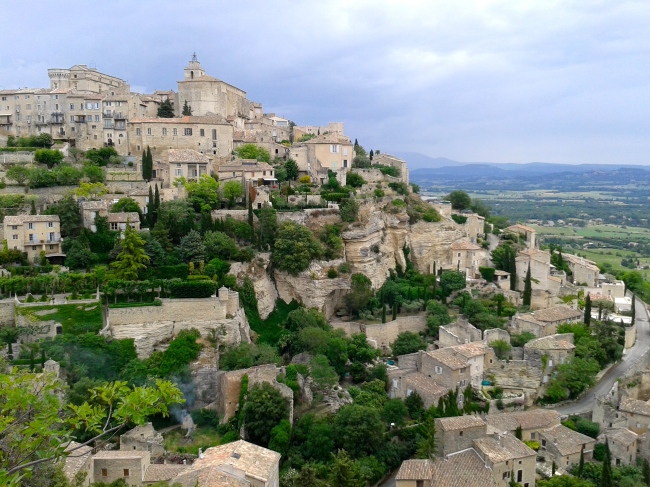Let us hope that the old adage holds true. After 6 months of back and forth trying to decide if I’d like to follow up my current research internship experience with a PhD in the same lab, the choice has been, at least for the moment, decided for me. The ever present financial crisis has not left its dirty little paws in the scientific coffers, either, and so the project I was considering will not be funded for the moment.
This is probably good news for this blog.
Beginning in September, I’ll be headed south, to Avignon, delicately placed on the cusp between Provence and the southern Rhone Valley. A wonderful place to be inspired, and, hopefully employed as well. While on the job-search trail, I plan to take advantage of any free time and sunshine to work on writing. For the blog but also for an upcoming book project encompassing my experiences and insights from my adventures.
One theme I hope to explore much more deeply, for the book, the blog, and perhaps professionally, is one that has been recurring on this blog : Biodynamics. I recently read Rudolf Steiner’s Agriculture Course, the original lecture series where he outlined this practices and philosophy. Adding to this inspiration, last week I attended a special showing of Natural Resistance, the latest film by Jonathan Nossiter, the filmmaker behind Mondovino, followed by a debate session with Emmanuel Giboulot, the biodynamic winemaker recently tried for refusal to treat his vines for flavescence dorée, a grapevine disease carried by leafhoppers. Initially faced with 6 months in jail and a 30,000 € fine, he was found guilty and sentenced to a reduced 500 € fine. But his story created a major controversy, forcing winemakers, consumers, and hopefully lawmakers, to reconsider how such decrees to treat for certain diseases are put into action, and whether or not it is justifiable to apply nonspecific insecticides when (a) an attack is possible, but not guaranteed, and (b) the treatment’s efficacy against the disease is under question. How do we weigh the competing factors against each other, the potential losses on both sides ?
The film focused on the natural wine movement in Italy, centered around a handful of producers who make wines not accepted as part of the appellations in which they are geographically located, because they do not conform to the standards set by these official denominations. Less focused on practice than on philosophy and value-determination, the film compares winemaking to cinema : an art focused so much on the future that we often tend to lose touch with and forget the past. For cinema, to protect means to convert to digital, and the viniviticultural equivalent is to attempt to produce authentic wines speaking to their historical origins through the employment of technology. This is perhaps possible, and many would argue that digitalization can indeed help us to protect much of our artistic heritage, but the film elegantly demonstrates that this is not the only possible approach. There is a more direct route to the past than via the most cutting edge technological innovations.


